Iron Man was released 13 years ago this May. The Marvel Cinematic Universe (MCU) spans 24 films across almost a dozen separate sub-franchises over more than a decade. It would take more than a fortnight to watch all of it, including the spin-off television shows in all their nebulous canonicity.
In theory, this is a lot of baggage. However, the MCU is also culturally ubiquitous. Nine of those movies (37.5%) have grossed over a billion dollars. Six of the 20 highest-grossing movies of all time at the global box office come from the MCU. On top of that, the MCU is readily accessible to fans. The movies are all available to purchase physically or digitally and can be streamed at any time on Disney+, the third most popular streaming video service in the United States.
As such, the MCU has both depth and reach. There is a lot of it, but it is a pillar of shared monoculture. Other media properties casually drop in references to the MCU, understanding that even audiences who don’t consider themselves fans will understand those references by cultural osmosis. At the climax of The Martian, Mark Watney (Matt Damon) gets to “fly around like Iron Man.” In Coming 2 America, Mary Junson (Leslie Jones) describes her son as “King of Wakanda!”
For all the emphasis Marvel Studios places on how its output is “inspired by the [comic] books,” it was inevitable that the MCU would reach a point where it would draw more and more heavily from its own cinematic history and output. This reality is acknowledged by the shift in the Marvel Studios identity. For the early films, the logo was overlaid with iconic comic book images and the sound of pages flipping. By 2016, it featured a shift from comic images to script snippets, concept art, and footage.
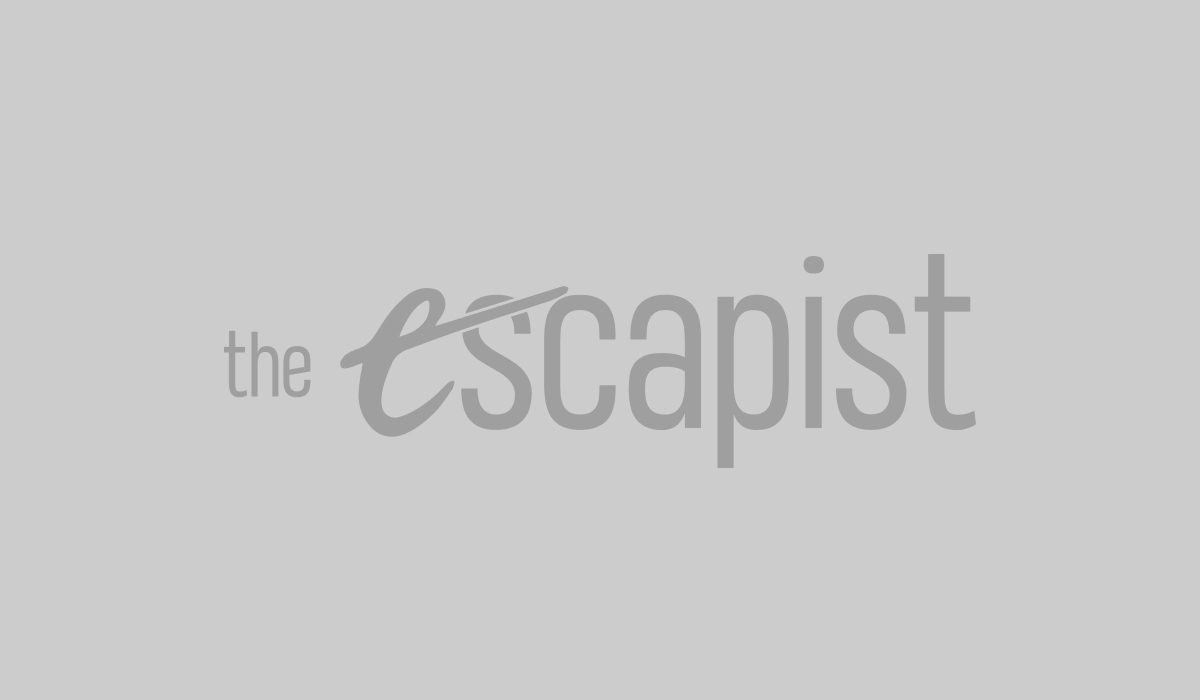
This shift is also obvious looking at The Falcon and the Winter Soldier. Obviously, the new streaming series draws broadly from the source comics, particularly Rick Remender’s decision to cast Sam Wilson (Anthony Mackie) as the successor to an aged Steve Rogers (Chris Evans). To pick the most obvious example, the character’s costume is a direct lift from the comic books and both stories delve into the complicated challenges facing an African American man wielding the shield.
There are more direct concepts that overlap with Nick Spencer’s controversial Captain America: Sam Wilson run. The Falcon and the Winter Soldier introduces Karli Morgenthau (Erin Kellyman) as a left-wing antagonist to Sam. While the Flag Smashers take their name from a classic Captain America villain, they owe more to Nick Spencer’s take on the Bombshells as radical leftist agitators. Similarly, both stories have Sam wrestle with John Walker (Wyatt Russell) over the right to Steve’s legacy.
However, it’s notable how much of The Falcon and the Winter Soldier is more directly engaged with earlier entries in the MCU. The show often feels like a direct response to earlier movies like Captain America: The Winter Soldier and Captain America: Civil War, riffing directly and explicitly on particular lines and plot points in order to offer insight into those earlier stories from a fresh perspective.
Many of the core elements of The Falcon and the Winter Soldier come from The Winter Soldier and Civil War. Sam was first introduced in The Winter Soldier, along with the HYDRA conspiracy that had infiltrated the United States. Although Bucky (Sebastian Stan) first appeared in Captain America: The First Avenger, most of his modern characterization accrues from his portrayal in The Winter Soldier and later Civil War. Sharon Carter (Emily Van Camp) was also introduced in The Winter Soldier.
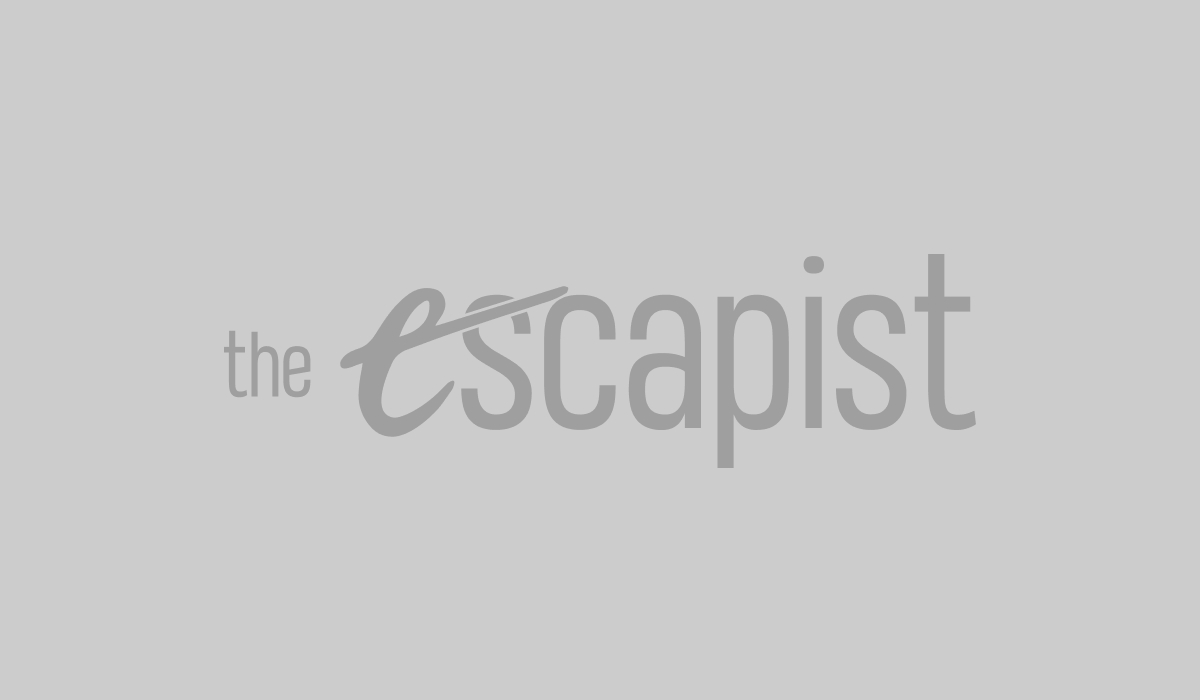
Civil War introduced several characters who would become key players in The Falcon and the Winter Soldier, including the supervillain Helmut Zemo (Daniel Brühl). It was Civil War that properly introduced the nation of Wakanda into the MCU, following a tease in Avengers: Age of Ultron, and which set in motion the events that would drive the plot of Black Panther. Dora Milaje member Ayo (Florence Kasumba) plays a prominent role in both Civil War and The Falcon and the Winter Soldier.
Of course, the nature of a shared universe means that there are inevitably callbacks and shoutouts across multiple films, including echoing lines of dialogue like “I can do this all day,” or “You’re taking all the stupid with you.” There are obviously also entries that take the events of previous films as background for their own stories, like Tony Stark (Robert Downey Jr.) working through his post-Avengers trauma in Iron Man 3 or Agents of S.H.I.E.L.D. building off the events of The Winter Soldier. Part of the appeal of Endgame was its packaging as a “greatest hits” collection of the MCU.
However, it is less common to see entries in the MCU engage as directly and as substantively with earlier adventures as The Falcon and the Winter Soldier does with both The Winter Soldier and Civil War. In many ways, The Falcon and the Winter Soldier reads as reflective criticism of some of the blind spots of those movies, making a point to afford space to characters and perspectives that were crowded out in those earlier films.
The Falcon and the Winter Soldier approaches the characters of Sharon Carter and Helmut Zemo in interesting ways. The show offers a soft reboot of Zemo in a way that allows his philosophy more room to breathe and criticisms of superheroes more nuance to develop. When Sharon is reintroduced in The Falcon and the Winter Soldier, the show draws attention to how she was marginalized and ignored in both The Winter Soldier and Civil War, despite sacrificing everything.
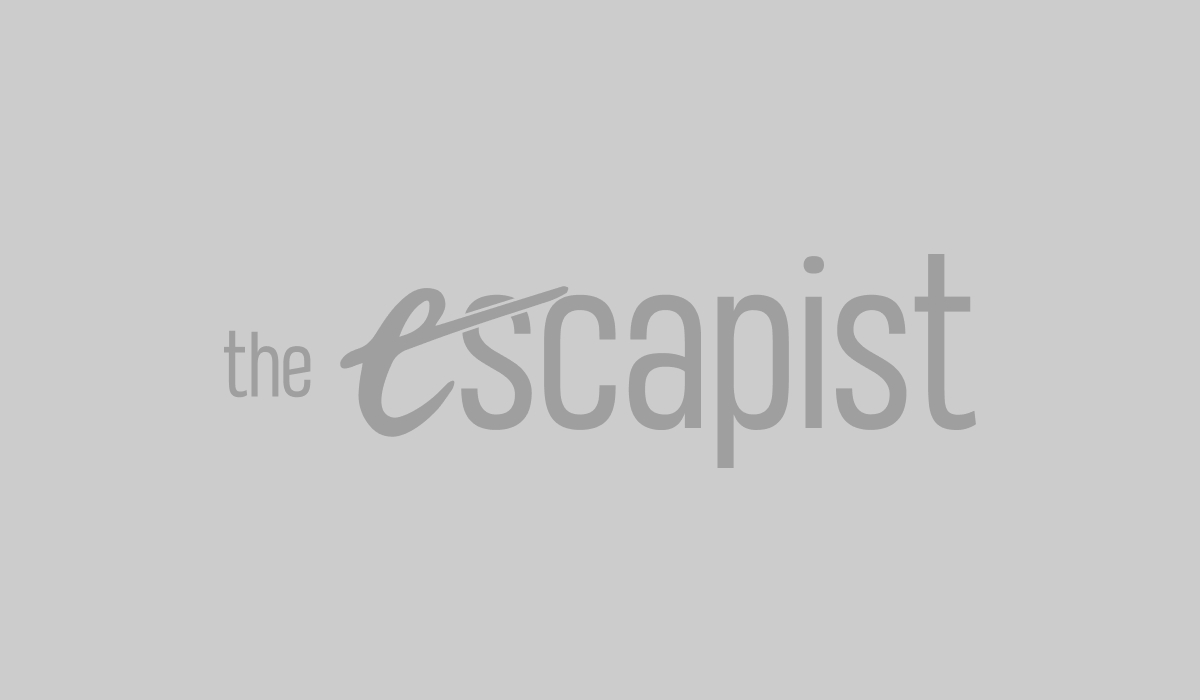
When Sam and Bucky find Sharon in Madripoor, she is more jaded and cynical. “You cost me everything,” she tells her former colleagues. “I didn’t have the Avengers to back me up.” While Steve and Bucky enjoyed the support of Wakanda, Sharon was just left blowing in the wind. Indeed, the big twist in The Falcon and the Winter Soldier is that Sharon has her own agency and her own agenda, something impossible to imagine in The Winter Soldier and Civil War.
These aren’t just idle references or homages. They are not empty fan service. These are direct responses to the portrayal of these characters in The Winter Soldier and Civil War, offering shading and nuance absent in the films. Even beyond Zemo and Carter, The Falcon and the Winter Soldier restages familiar sequences and plot beats in interesting ways that invite the audience to watch the series through the lens of The Winter Soldier and Civil War.
This is most obvious looking at the opening sequence. The first action sequence in The Winter Soldier finds Steve jumping out of an aircraft to resolve a diplomatically sensitive hostage crisis on a boat involving the terrorist Georges Batroc (Georges St-Pierre). The first action sequence in The Falcon and the Winter Soldier finds Sam jumping out of an aircraft to resolve a diplomatically sensitive hostage crisis in mid-air involving the terrorist Georges Batroc. It’s a very deliberate parallel.
Establishing this parallel reinforces more pointed subversions later in the narrative, especially involving the newly appointed Captain America, John Walker. Like Rogers, Walker is a white man with blonde hair and blue eyes who initially complains about how his role is largely “handshakes” and “speeches.” The early propagandist introduction to John Walker consciously evokes the portrayal of Steve’s show business career in The First Avenger, with both men desiring to see action.
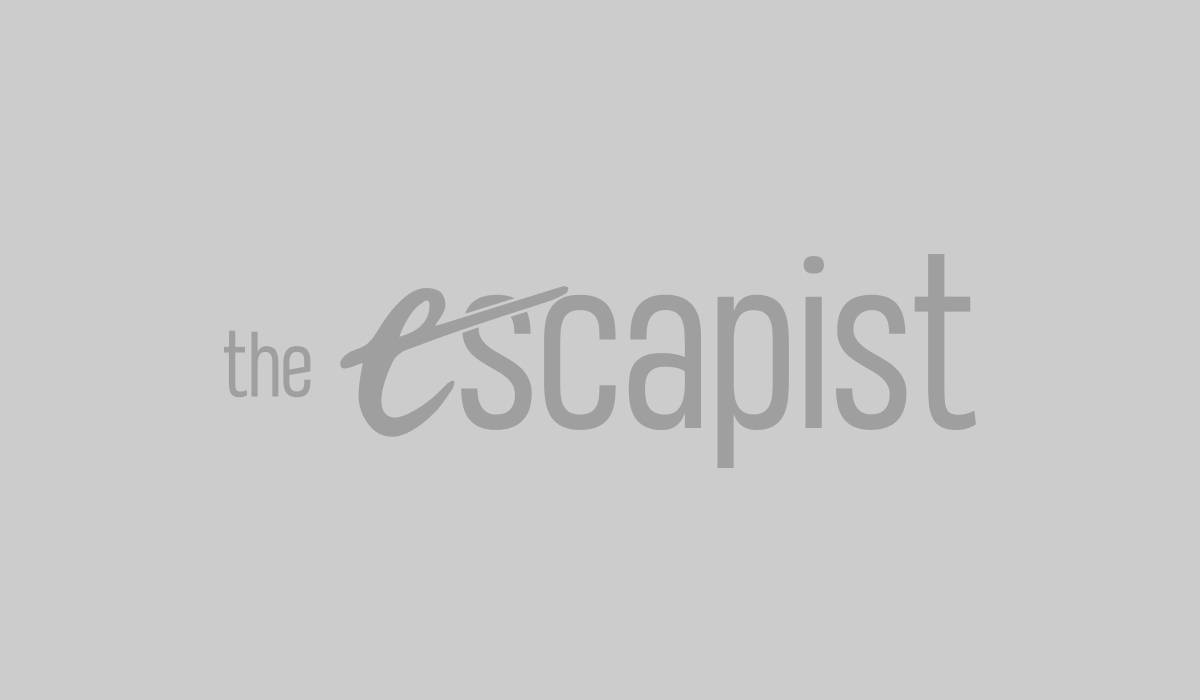
Throughout his tenure in the MCU, Steve Rogers partakes in paramilitary action on foreign soil while draped in the American flag: Sokovia at the start of Age of Ultron, Lagos at the start of Civil War. These interventions are portrayed as heroic, even if they eventually lead to horrific consequences. In contrast, The Falcon and the Winter Soldier is much more explicit about the horror of John Walker leading interventions in cities like Munich. “Don’t you know who I am?!” he demands.
In another deliberate choice, The Falcon and the Winter Soldier chooses to give John Walker a similar arc to that of Steve Rogers in Civil War, but portraying it as horrific rather than empowering. In Civil War, Steve decides to throw away everything to protect his best friend Bucky, leading to a brutal chase through the German capital Berlin. In The Falcon and the Winter Soldier, the death of Walker’s friend Lemar Hoskins (Clé Bennett) leads to a brutal chase through the Latvian capital Riga.
The parallels grow more explicit when Walker catches a fleeing Flag Smasher named Nico (Noah Mills). Nico did not kill Lemar, but Walker is not thinking straight. He pins Nico to the ground and brings the shield down on Nico’s chest, killing him. This consciously mirrors Steve’s confrontation with Tony at the climax of Civil War. Of course, Steve Rogers doesn’t kill Tony Stark. Sadly, Nico could not afford a billion-dollar suit of armor.
This is a provocative statement. Civil War presented the idea of a rogue super soldier accountable to nothing but his own emotions as an idealized power fantasy. After all, the characters in the MCU still talk about Steve Rogers as a romantic ideal, with even Zemo considering him an exception to his cynical take on superheroes. In contrast, The Falcon and the Winter Soldier presents the idea of a rogue and unaccountable super soldier as something that merits skepticism and anxiety.
There are, of course, limits to the extent that The Falcon and the Winter Soldier can explicitly criticize earlier MCU stories, given that they all exist within the same shared continuity. Still, by weaving these references into its narrative, reinventing these supporting characters, and consciously mirroring key events examined from different angles, The Falcon and the Winter Soldier doesn’t just draw on the history of MCU — it interrogates it.

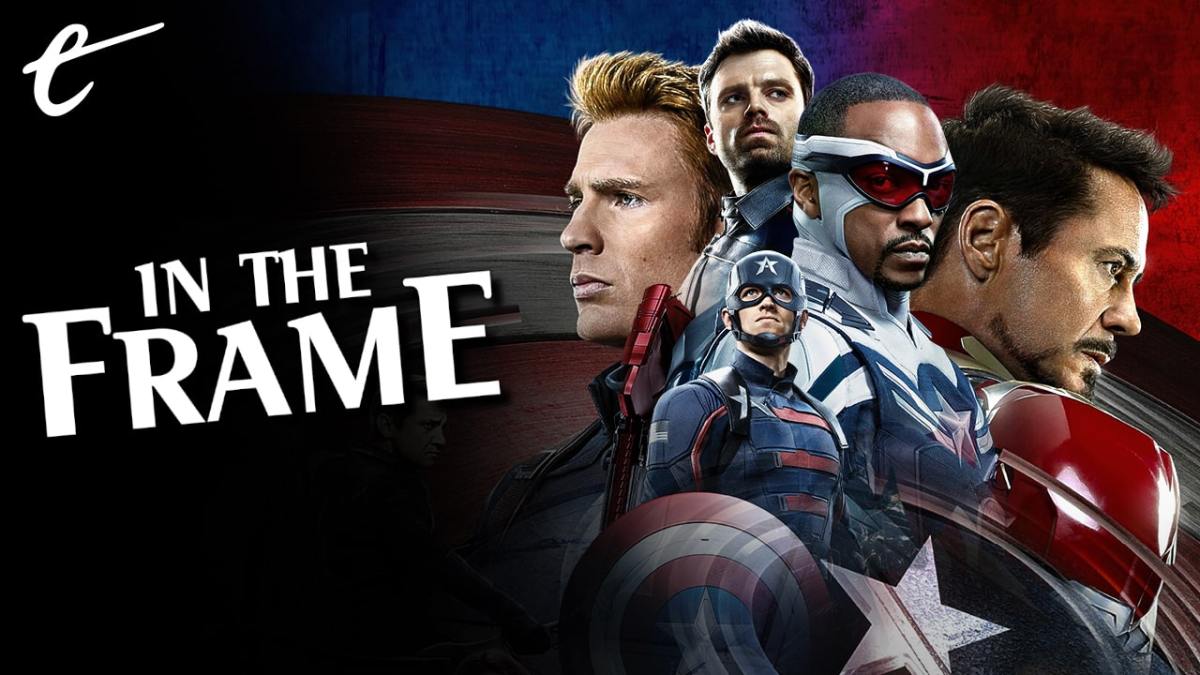




Published: May 10, 2021 4:00 PM UTC